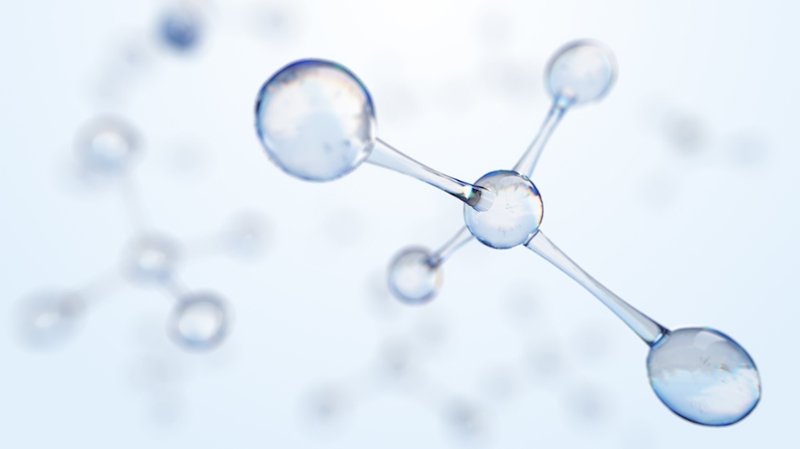
What is collagen good for?
Collagen supplements seem to be taking the world by storm, but what is collagen actually good for? Collagen-enriched powders, drinks, tablets and functional foods boast multiple health benefits, including stronger bones and healthier joints. Yet, one of the main reasons why these products are popular is their promise of youthful skin and prolonged beauty.
“Collagen is the structural protein that gives our skin bounce and also makes it feel firm,” says Nina Prisk, a cosmetic nurse at Update Aesthetics. “But as a natural part of the aging process, our collagen levels decline, and as they do so this impacts the appearance and feel of the skin, which, in time begins to wrinkle and sag. For years people have been keen to try and replace some of this lost collagen in a bid to keep skin looking and feeling healthy.”
Stopping the aging process in its tracks is the dream of many. But does collagen live up to the hype? And is there enough evidence to back up these claims? Before you rush to buy your collagen supplement, keep reading to find out what collagen is, where it comes from and what science says about its potential health and beauty benefits.
The word collagen comes from the Greek language and means ‘glue’ – and for a good reason. According to an article published in the Annals of Medicine, collagen refers to a family of proteins that are the primary structural component of connective tissues, such as skin and cartilage. It’s the most abundant protein in the human body and its primary role is to ‘glue’ it together.
There are 28 types of collagen, each one categorized on its amino acid composition. About 90% of the collagen in the body is type 1, which is found in the skin, tendons, internal organs and organic parts of bone. The vast majority of the remaining collagen in the body is made up of the following types:
- Type 2: Found in the cartilage
- Type 3: Found in the bone marrow and lymphoid tissues
- Type 4: Found in the basement membrane (thin sheets of collagen that surround most types of tissues)
- Type 5: Found in the hair and the surfaces of cells
If the body struggles to produce collagen efficiently, it can manifest in a range of health problems, including chondrodysplasia, Ehlers-Danlos syndrome, Alport syndrome, Bethlem myopathy and some cases of osteoporosis, arterial aneurysms and intervertebral disc disease. Collagen production also declines with age and exposure to factors such as smoking and UV light.
“Our collagen levels start dropping from our mid 20s,” says Prisk. “Even though this process is natural it can get speeded up by lifestyle and environmental factors, such as sun exposure and poor diet.”
WHERE DOES COLLAGEN COME FROM?
There are many ways of administering collagen, but not all of them are effective. “Applying collagen topically on the skin isn’t ideal because collagen doesn’t absorb well,” says Prisk. “In the past injecting collagen was used in medical skincare, however that is no longer as popular because in general it didn’t last as long as fillers and in some cases caused a reaction.”
Nutrition remains the most important factor in the production of collagen. To get the components it needs, first the body needs to break down dietary protein into amino acids. The amino acids are what build the various types of protein in the body, including collagen.
“Many foods contain the nutrients needed to form collagen, such as salmon, leafy greens, eggs, berries, pumpkin seeds, and more,” says Prisk. “However many people don’t get enough of these in their diet and so for those wishing to supplement their collagen further, supplements can be an option.”
Source: livescience.com